A well-based microfluidic device allows researchers to generate important data that are needed to better understand the parameters that influence evolution in bacteria to combat antibiotic resistance.



A well-based microfluidic device allows researchers to generate important data that are needed to better understand the parameters that influence evolution in bacteria to combat antibiotic resistance.
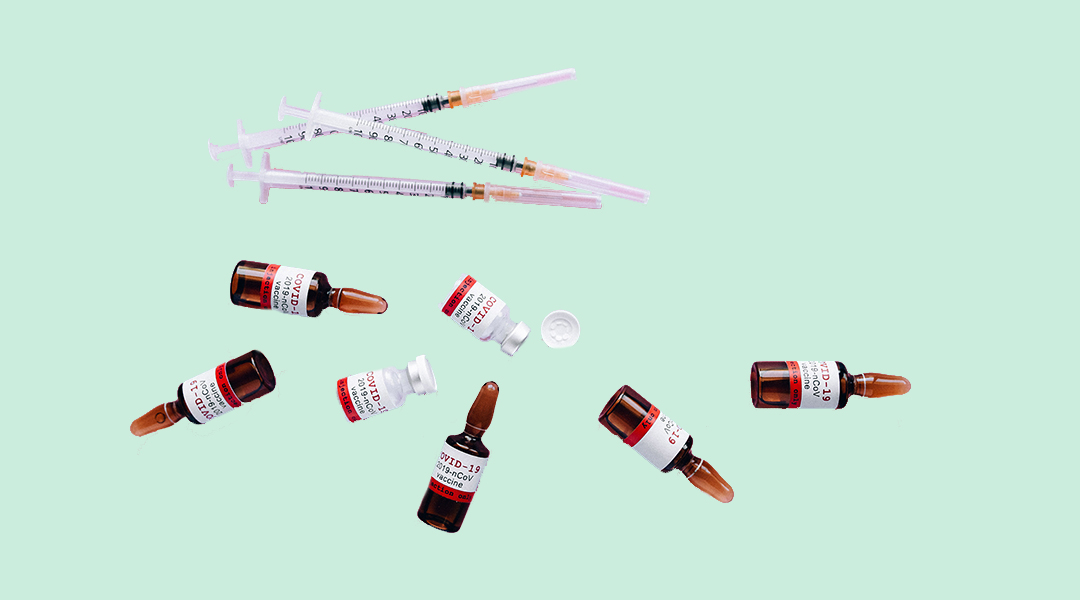
First and foremost, the goal is to keep people out of hospitals. The good news is all of the currently approved vaccines do just that.
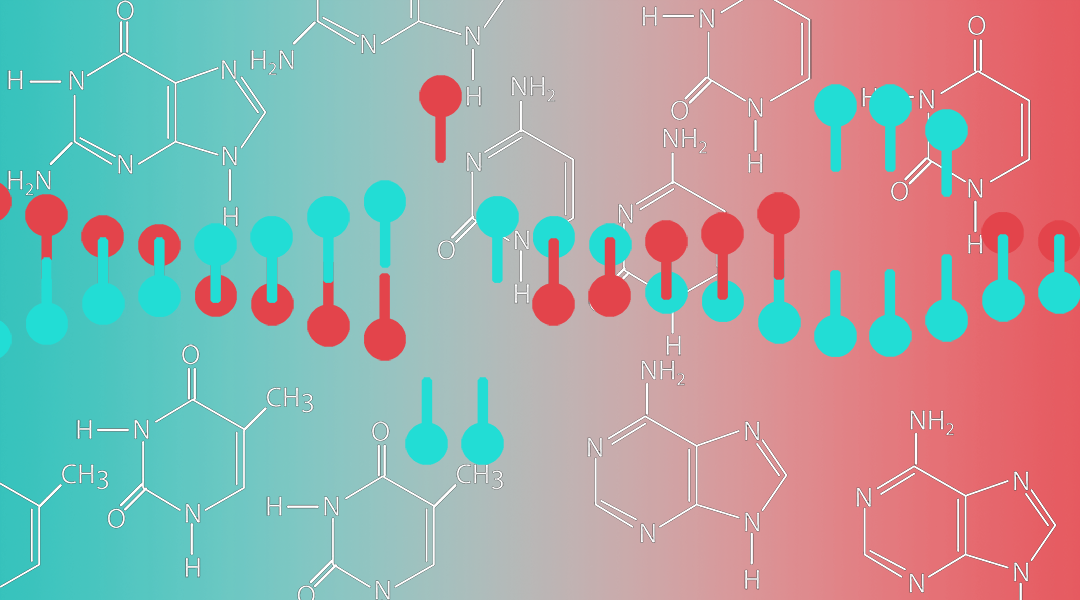
Here we take a look at how CRISPR, the revolutionary “molecular scissors”, works and where its being used.
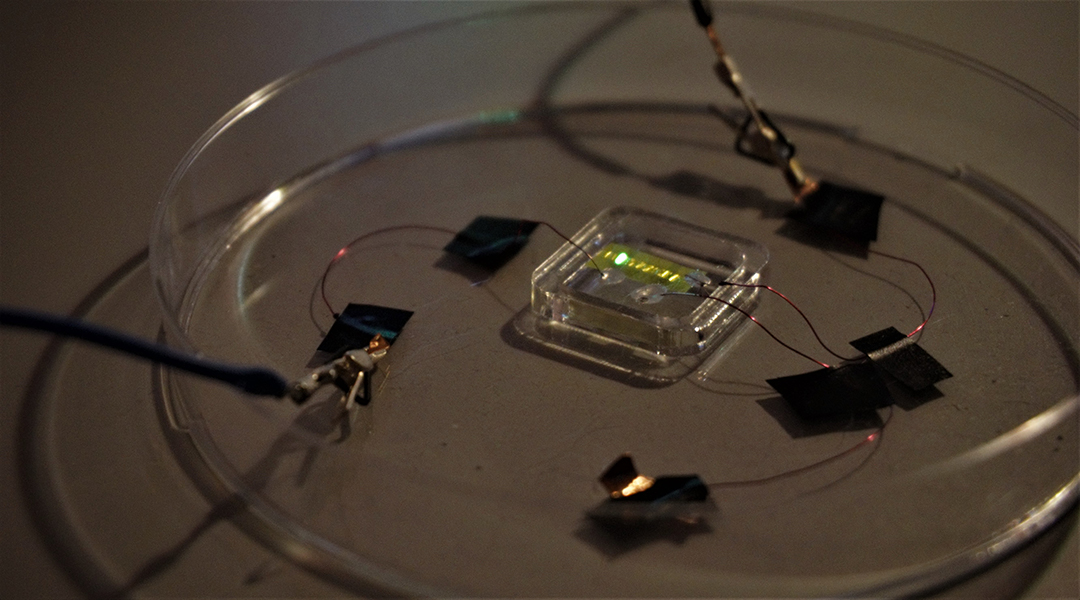
A new fabrication method allows researchers to create ultra-thin OLED materials that can be applied to the skin using temporary tattoo paper.
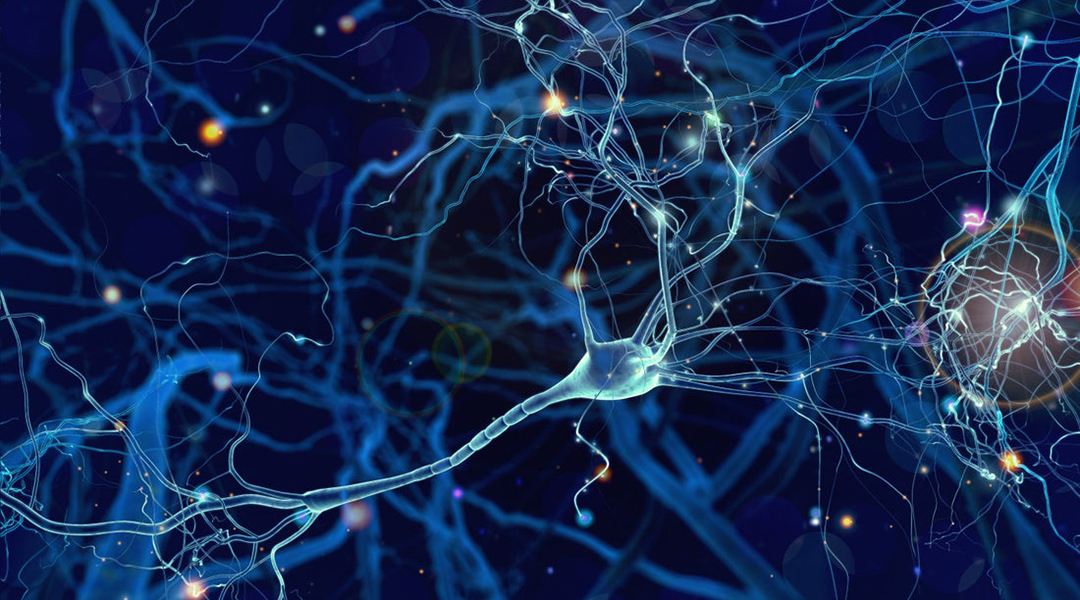
A new study provides hope for Parkinson’s disease, showing that neuron grafts using patients’ own cells have the potential to manage and even reverse symptoms.
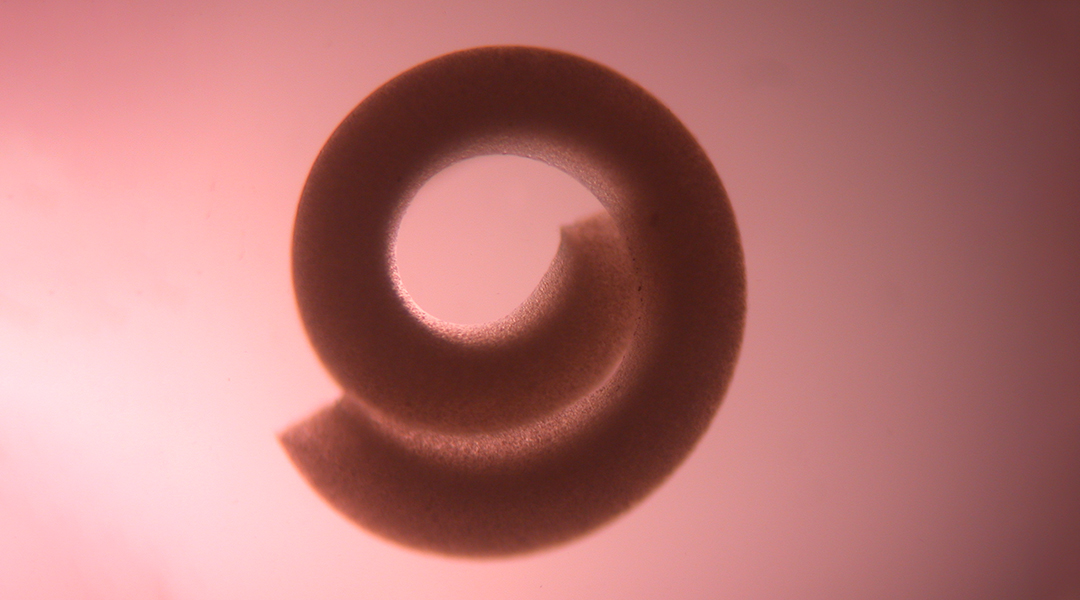
A new hydrogel can incorporate high cell density constructs to better mimic the rearrangement of native tissue in bioengineering.

The up-and-coming analytical chemist talks social media, engaging the next generation of women in STEM, and her journey through a Ph.D.
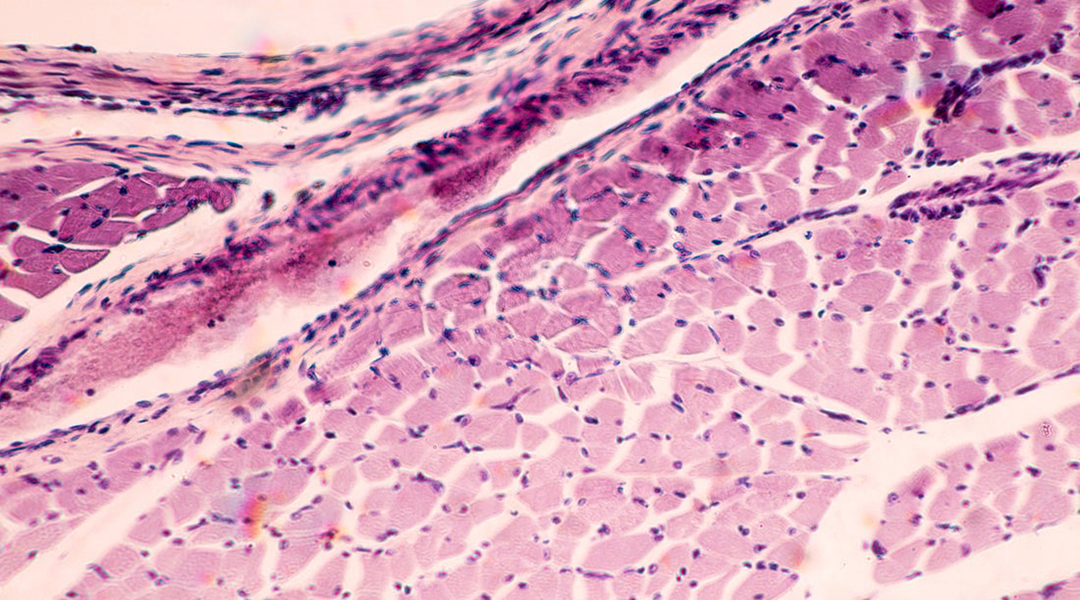
A new tissue regeneration strategy that employs direct cell reprogramming in combination with a new hybrid scaffold shows promise in proof-of-concept study.
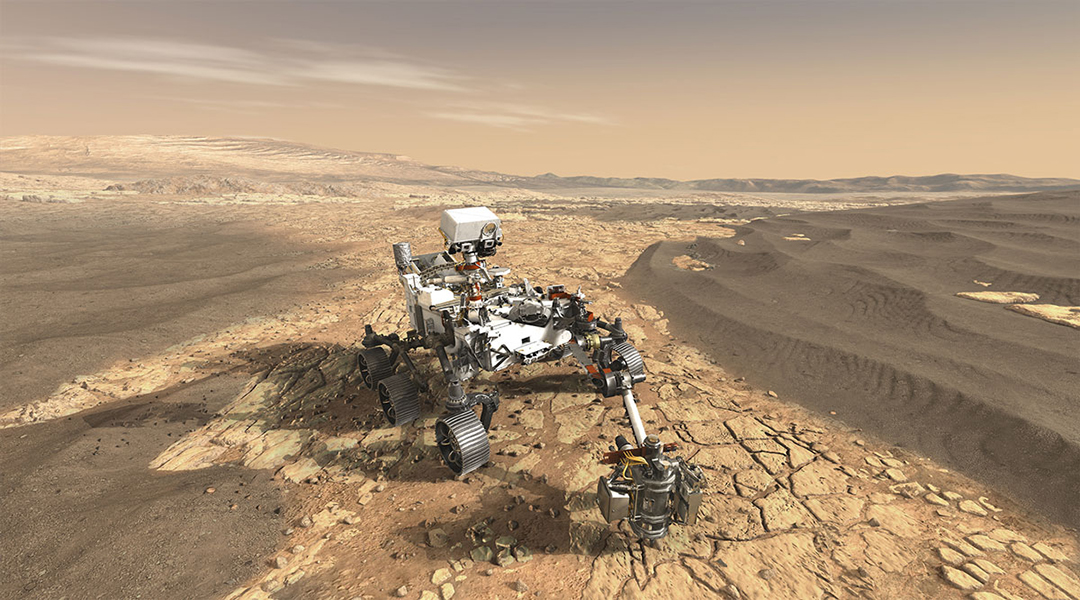
The Perseverance rover will explore the Martian Jezero Crater and collect the first rock samples from the Red Planet.
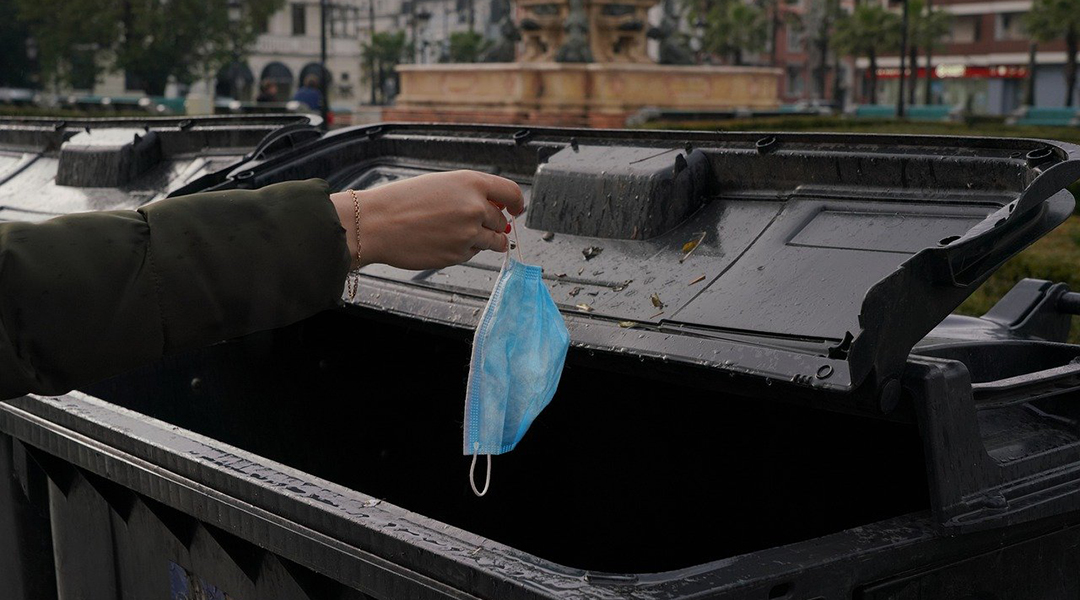
Moisture-resistant mask filters made from compostable and abundant materials could help curb plastic pollution as a result of the pandemic.